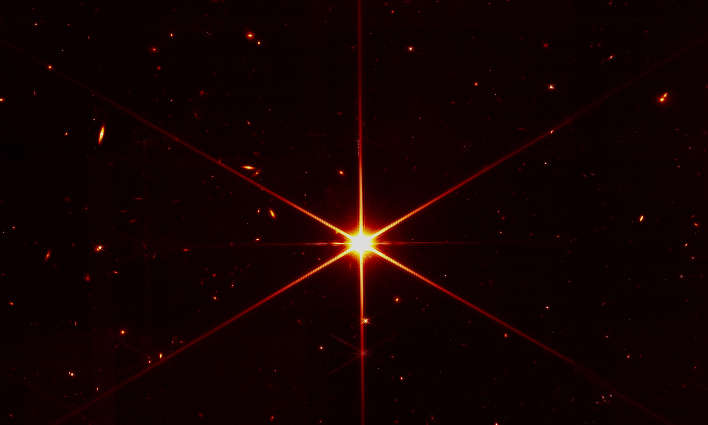NASA Space Telescope's First Images Exceed Expectations In Thrilling Success

JWST completed the critical milestone in its mirror alignment of the Optical Telescope Element (OTE) on March 11th, in a process known as "fine phasing". The team reported that there has been no critical issues found thus far, as well as no measurable contamination or blockages to Webb's optical path. At this point, Webb is meeting, or exceeding, expectations. The space telescope is capable of successfully gathering light from distant objects and feeding the data to its instruments with no known issues.
The OTE is essentially the eye of the Webb telescope. It gathers light coming from space and provides it to the instruments. The OTE is made up of the mirrors, as well as structures and subsystems that support and align the optics. It consists of 18 hexagonal segments that make up the primary mirror, as well as fixed tertiary and fine steering mirrors that make up the Aft Optics Subsystem (AOS).
While there are still months to go before Webb can deliver its optimal images the cosmos, the Webb team is confident the telescope will live up to the hype.
Webb is unique from other space telescopes, due to its segmented primary mirrors. It is the first ever space telescope to utilize such a design. The 21-foot, 4-inch (6.5 meter) primary mirror had to be designed in such a way in order to fit inside a rocket fairing. While the design made it possible to place it inside the cargo area of a rocket, it also presented new challenges to NASA, as it had to unfold and then be properly aligned once it was released into space.
In the image at the top of the page, Webb's optics and NIRCam are so sensitive that it not only captured the light of a target star, but the galaxies and and stars near it as well. The image was taken with the purpose of testing Webb's primary mirror segments, which have been adjusted to produce one unified image of the same star using only the NIRCam instrument. A red filter was used in order to optimize visual contrast.
"In addition to enabling the incredible science that Webb will achieve, the teams that designed, built, tested, launched, and now operate this observatory have pioneered a new way to build space telescopes," said Lee Feinberg, Webb Optical Telescope Element Manager at NASA's Goddard Space Flight Center in Greenbelt, Maryland.
Top Image Courtesy of NASA

